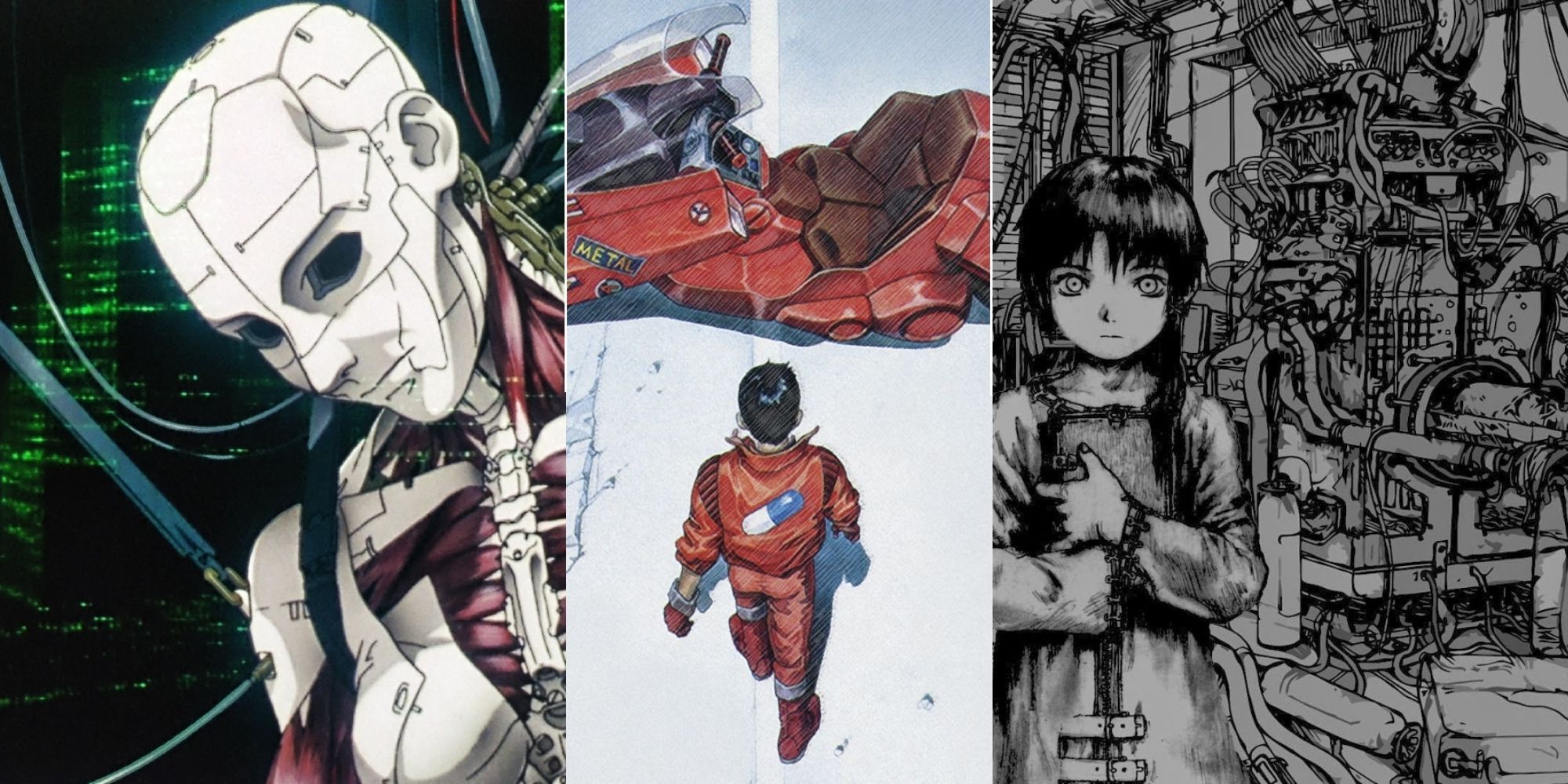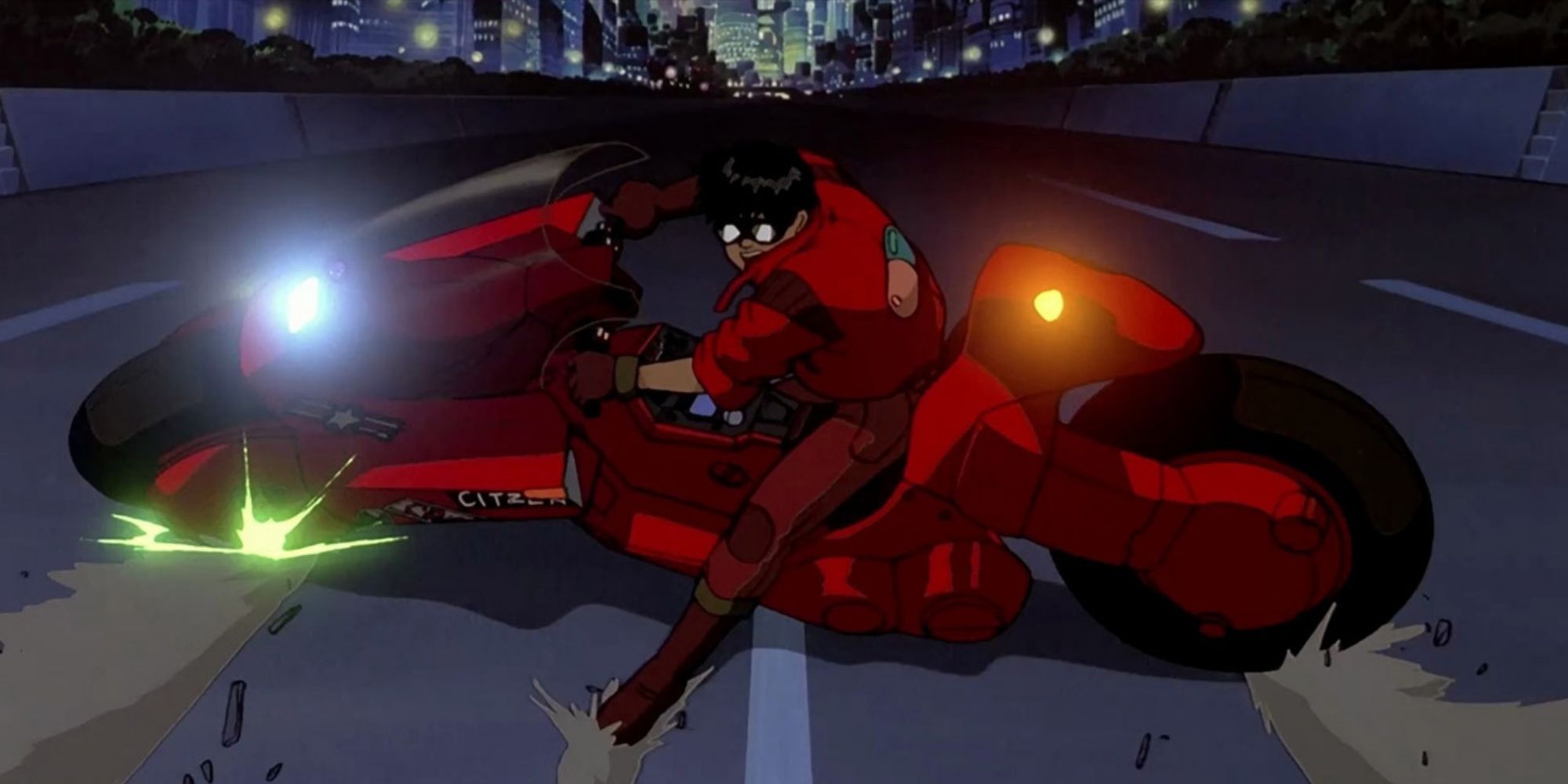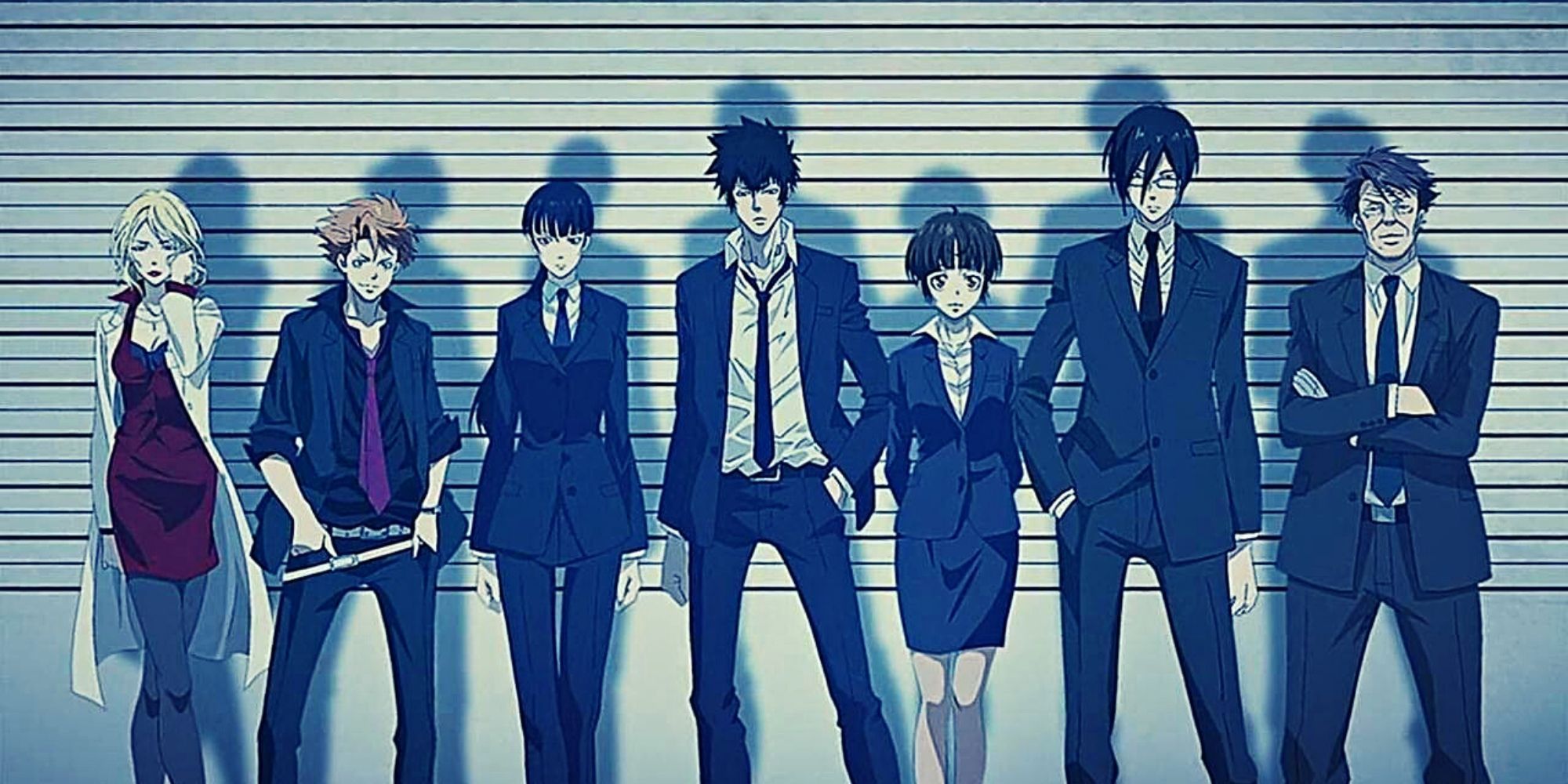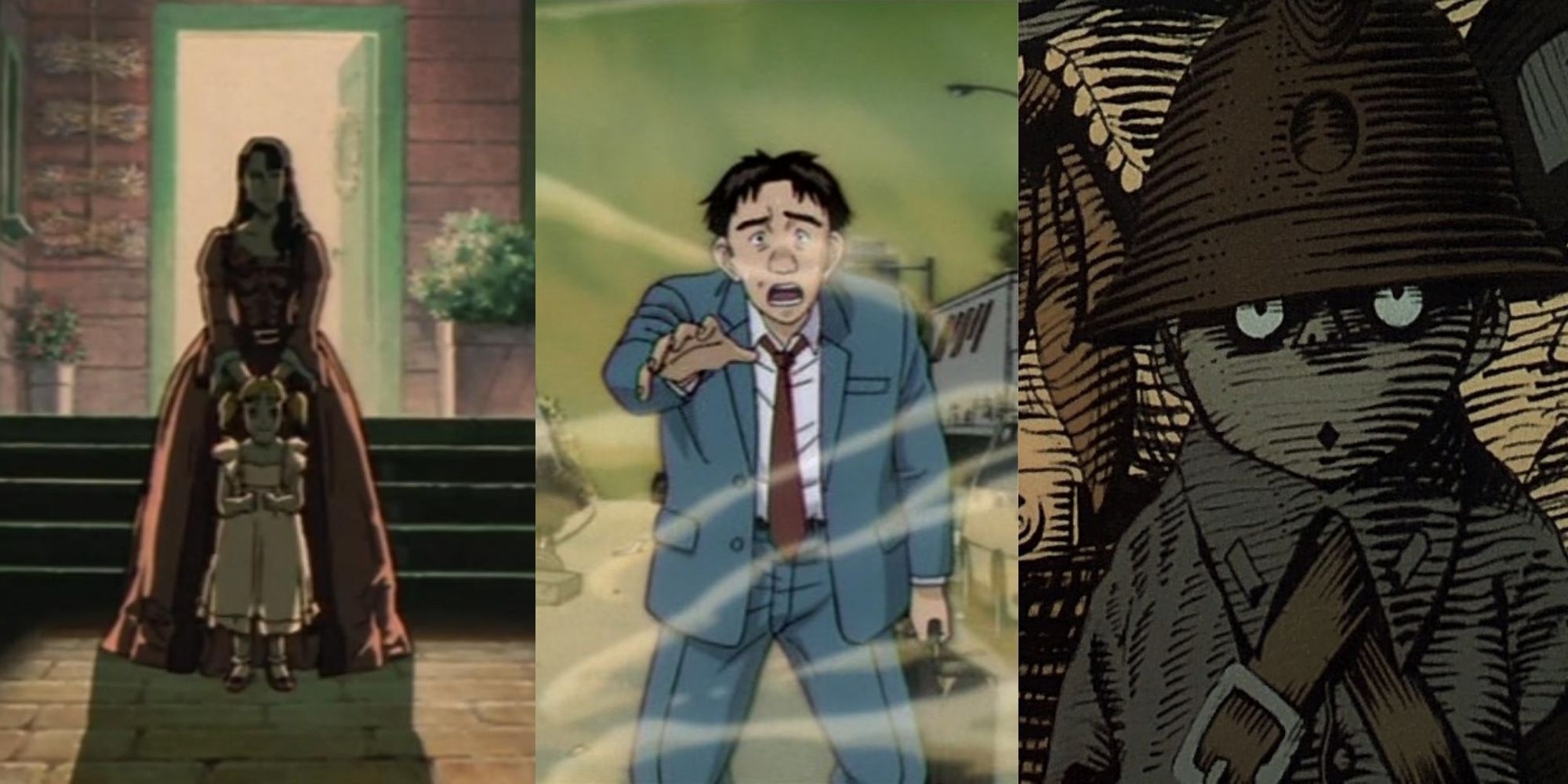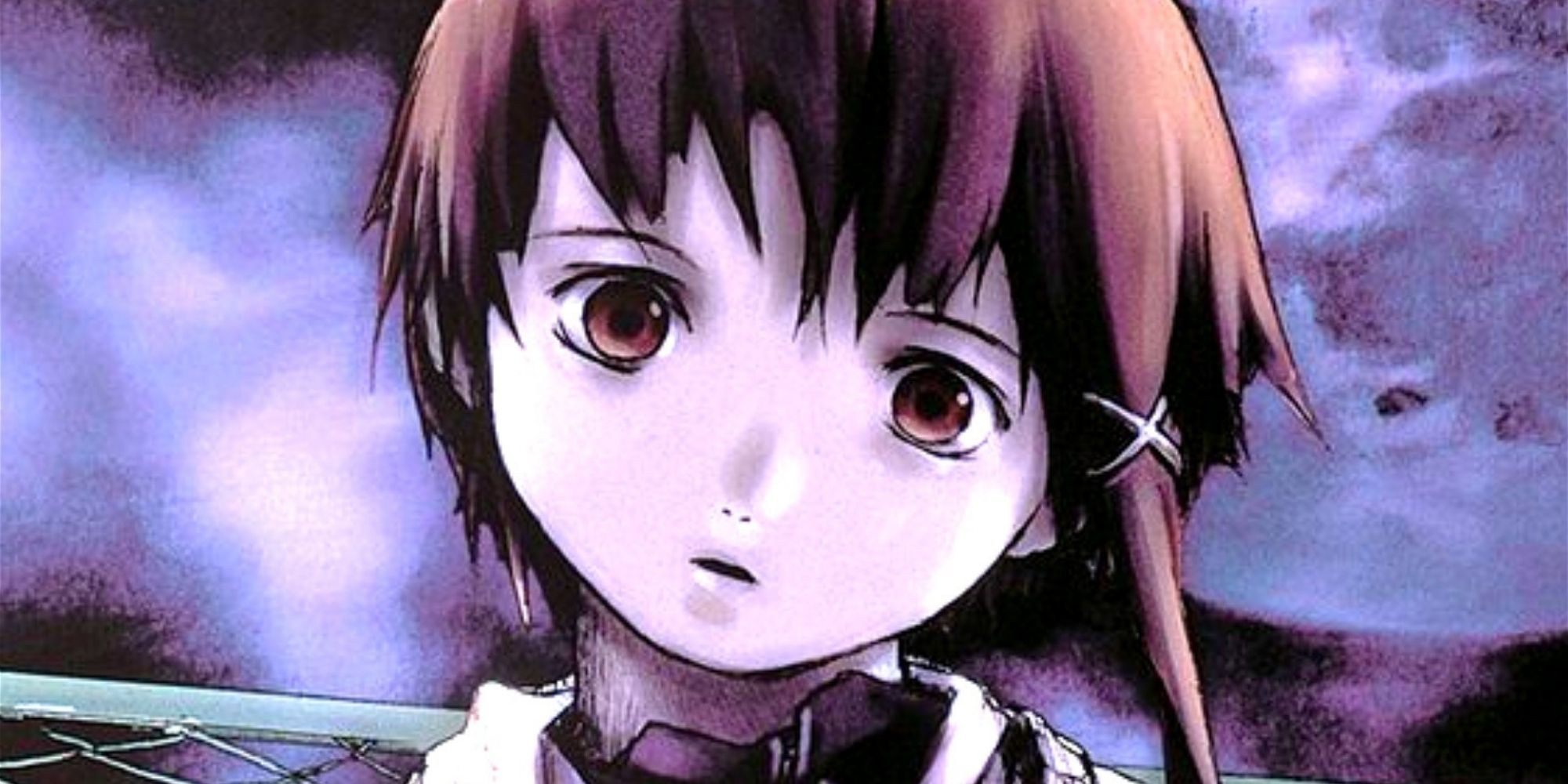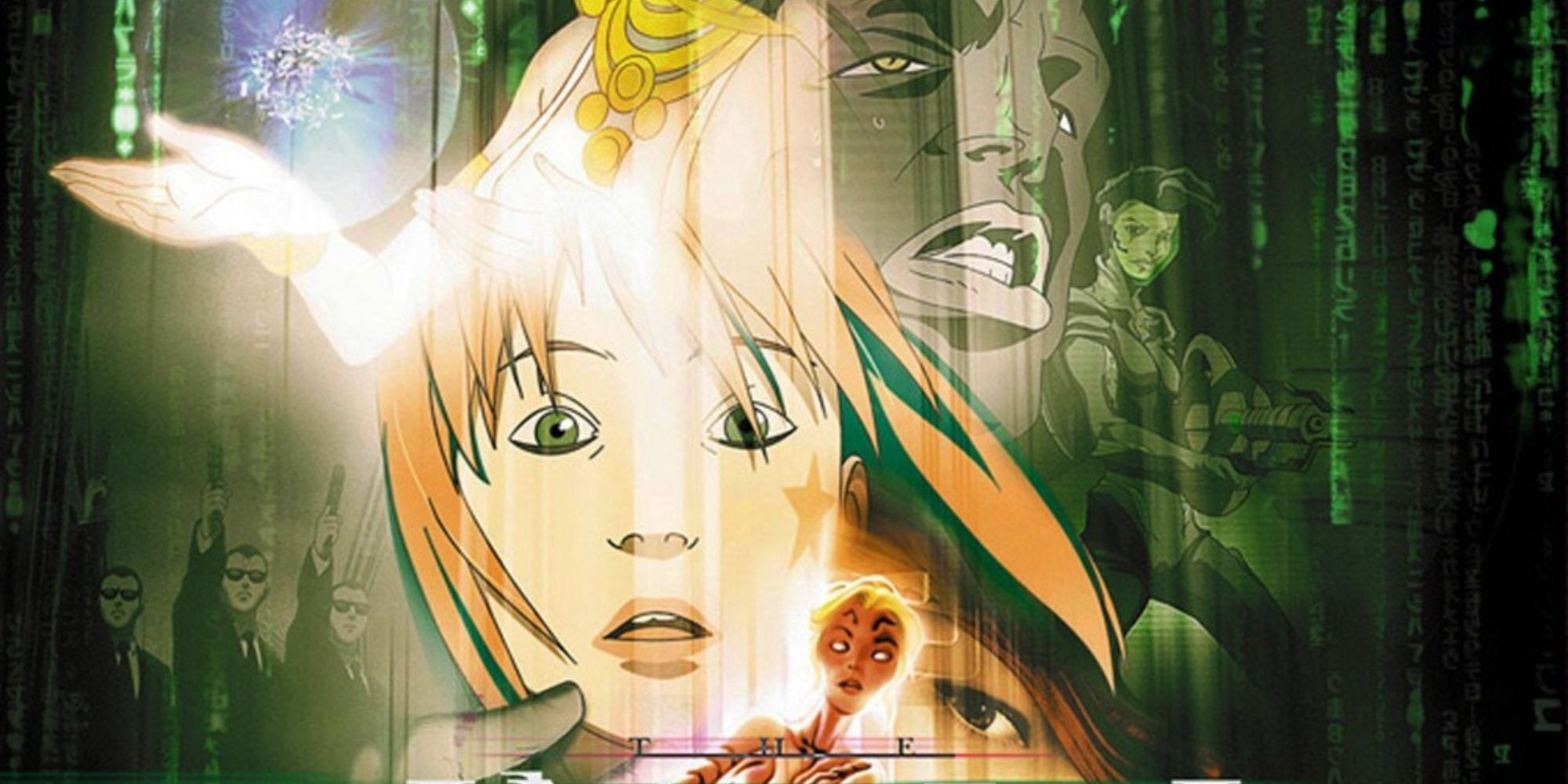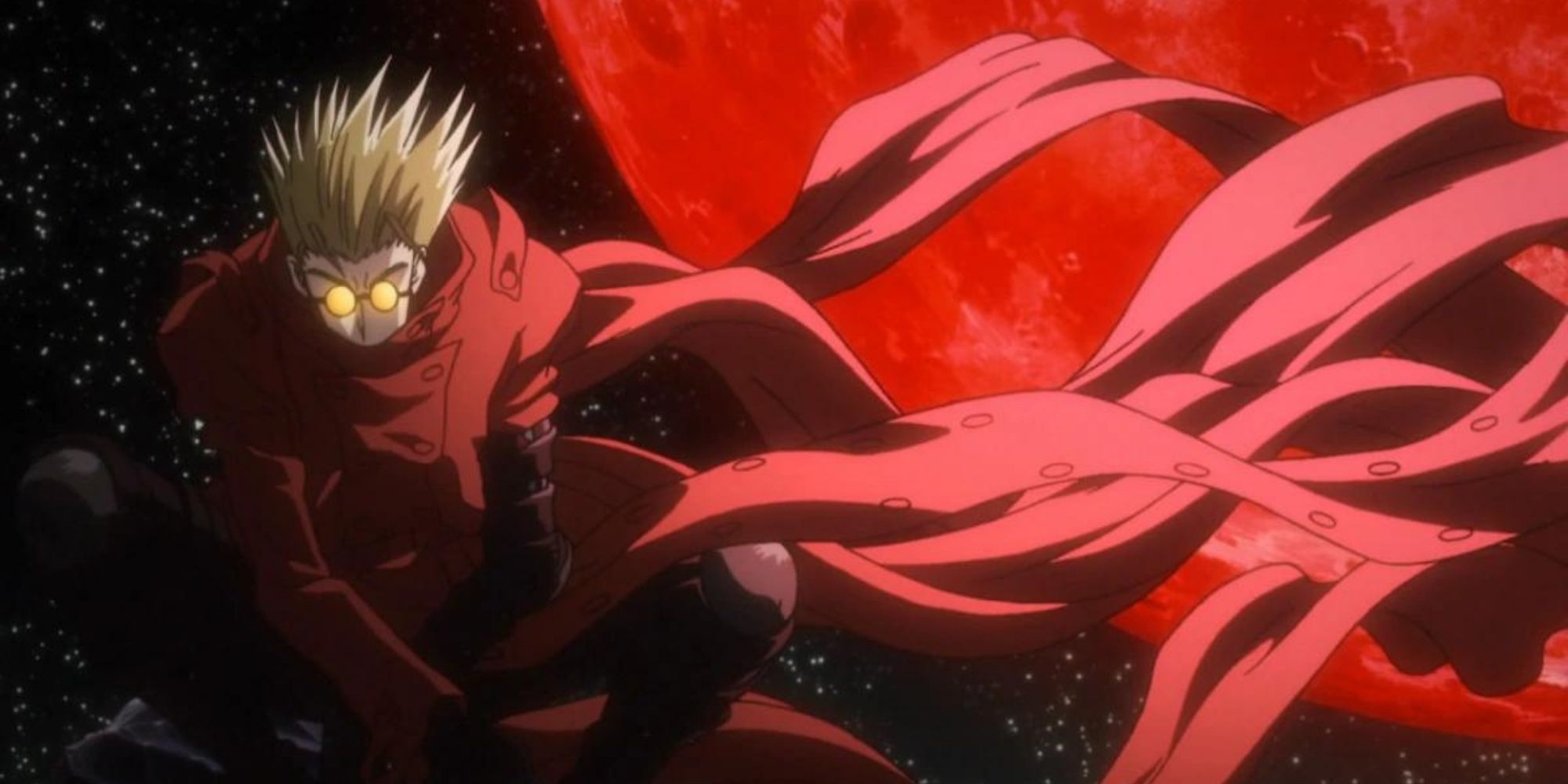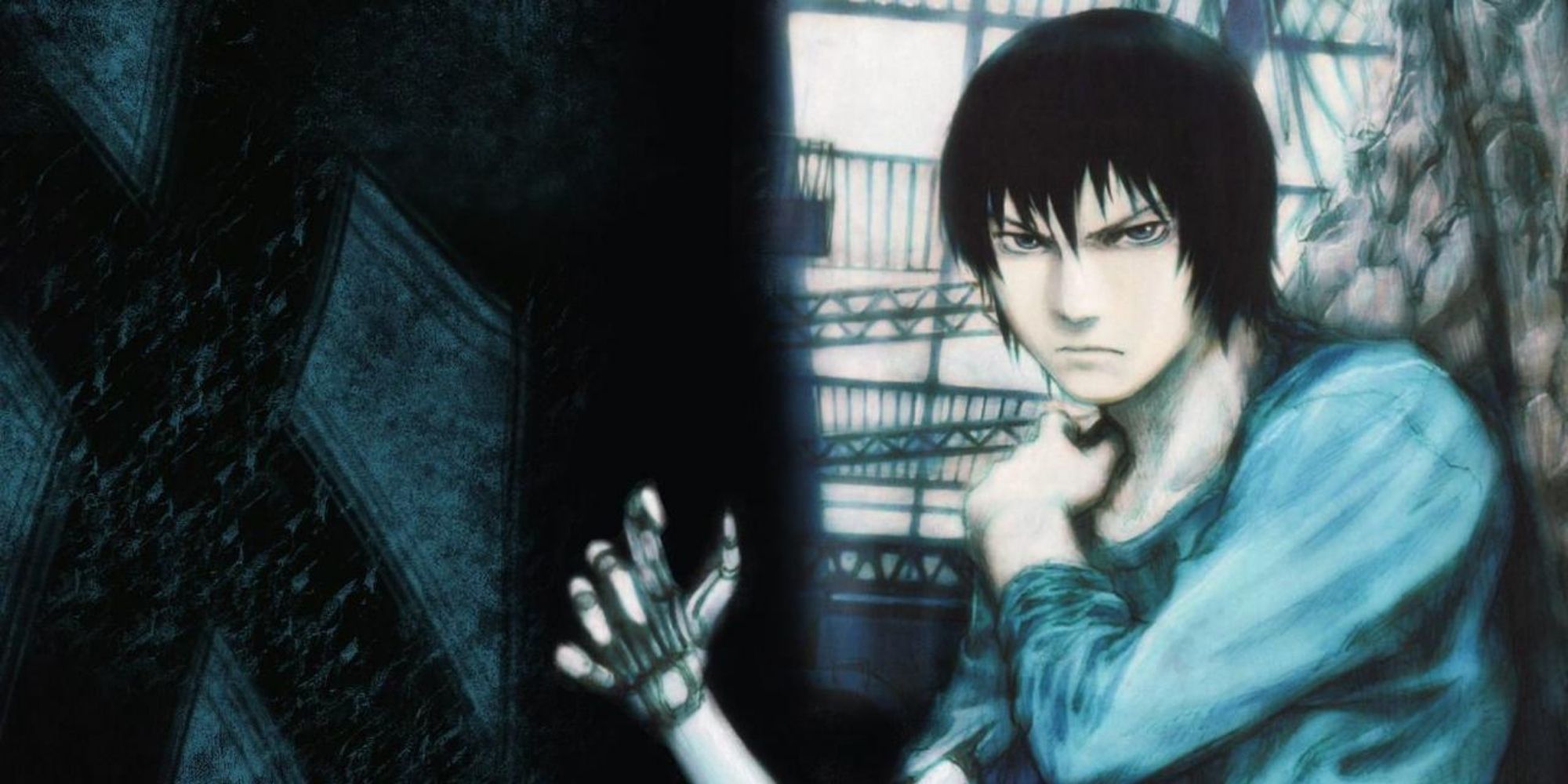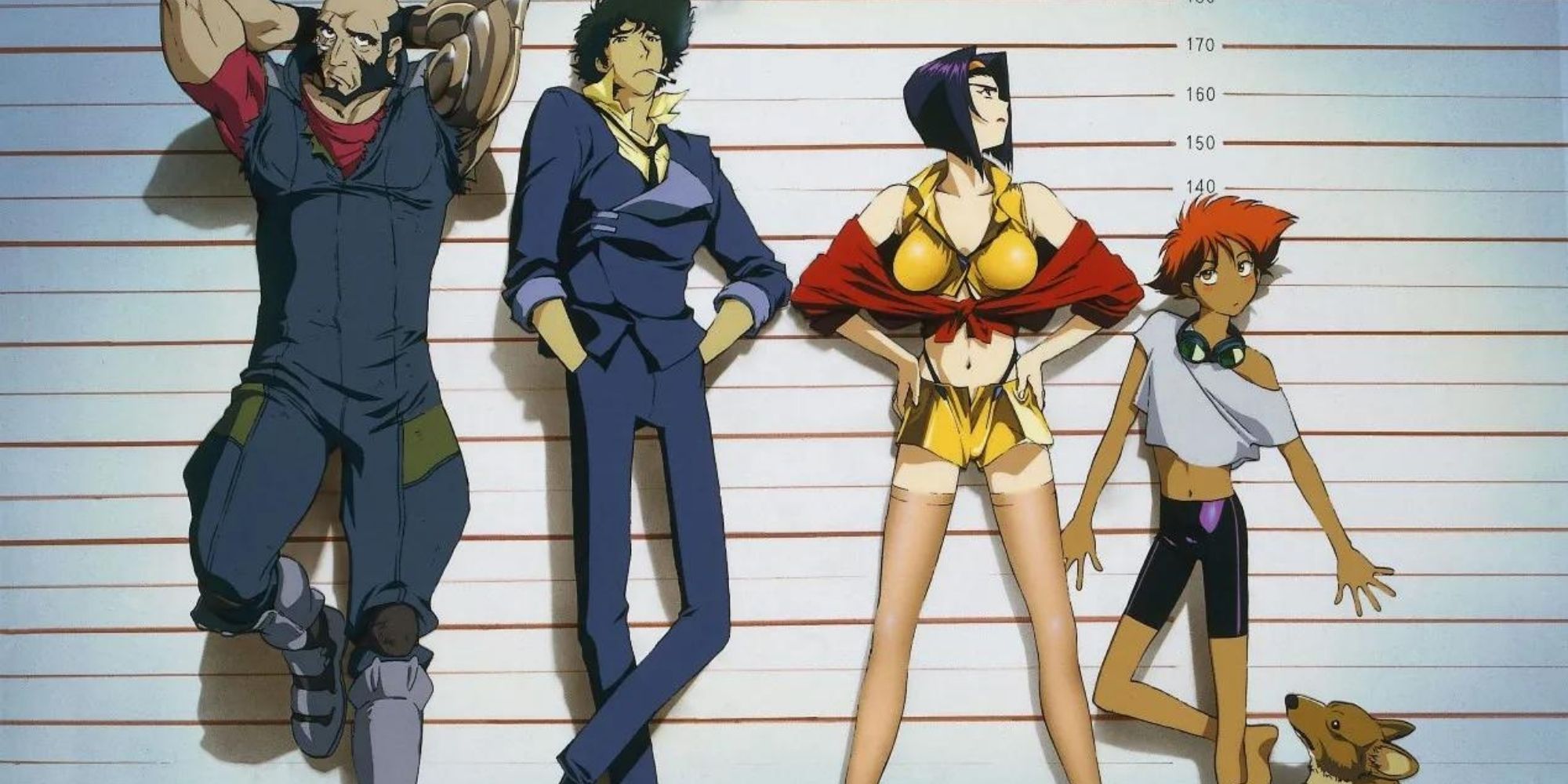Coined by writer Bruce Bethke, the word cyberpunk is a combination of the words cybernetics and punk. While cybernetics relates to studies replacing human tasks with computers, punk represents the nihilistic views popularized in the 1970s and 80s.
With massive inspiration from films like Ridley Scott‘s Blade Runner (1982), the world of anime has been consistently entertaining audiences worldwide since the early ’90s with its unique style. These groundbreaking classics are not only inspiriting offsprings of previous Hollywood exemplars but have become revolutionary precedents that have gone on to influence present filmmakers.
‘Akira’ (1988)
Alongside the typically heartwarming Studio Ghibli films, the renowned film Akira (1988) is undoubtedly one iconic masterpiece that helped launch anime into the global spotlight.
With stylish visuals that spearheaded the whole Vaporwave aesthetics, the supernatural sci-fi film takes place in the fictionalized city of Neo-Tokyo in 2019, which is rife with gang violence and anti-government sentiment. When biker Shotaro Kaneda discovers that his childhood friend, Tetsuo Shima, has acquired telekinetic abilities that threaten to destroy the entire Neo-Tokyo, it’s up to Kaneda to end Tetsuo’s apocalyptic destruction.
‘Psycho-Pass’ (2012)
Psycho-Pass takes place in a futuristic Japan governed by the Sybil System, an objective biomechatronic computer network that reigns over the city’s safety by examining and determining the threat level of each citizen. The assessment of the citizen’s criminal potentiality is known as a Psycho-Pass.
Creators of Psycho-Pass have cited Blade Runner and Gattaca (1997) as primary influences for the dystopian anime series, and the results are outstanding. Exploring the loopholes of the seemingly perfect Sybil System, the series has gifted audiences one of the best anime rivalries in addition to the introduction of the series’ cool weapon-of-choice called “Dominators.”
‘Memories’ (1995)
Encompassing three unique films that dip into different genres, the common theme of nostalgia and remembrance ties these standalone shorts together, resulting in the anthology film titled Memories (1995).
Magnetic Rose ingenuously explores the extremities of reality and fantasy commonly employed by surrealist master Satoshi Kon, dealing with the issue of abandonment and grief. Stink Bomb is a comparatively light-hearted political satire that reminds audiences of Stanley Kubrick‘s Dr. Strangelove (1964). The last short, Cannon Fodder, is an experimental interpretation of an apocalyptic future where cannons are ubiquitous.
‘Ergo Proxy’ (2006)
With bleak dystopian visuals and philosophical themes surrounding Gnosticism, Ergo Proxy (2006) dissects the complicated relationship between humans and androids. In the romantic city of Romdeau, several androids known as AutoReivs had been infected with the Cogito Virus, which granted the robots self-consciousness and led to a series of murders on humans.
Inspector Re-I-Mayer, the granddaughter of Romdeau’s leader, is assigned to investigate the miscreant responsible for the outbreak alongside her AutoReiv sidekick Iggy. However, she slowly discovers that there’s something even more sinister lying underneath the bloodshed.
‘Ghost in the Shell’
Like Akira, the film Ghost in the Shell (1995) is responsible for introducing international audiences to adult Japanese animation. Featuring one of anime’s iconic badass women, Major Motoko Kusanagi and her all-male Public Security Section 9 team battle corruption and terrorism in the technologically-advanced and globalized Niihama City.
While the cyberpunk film is more philosophical, its anime series, Ghost in the Shell: Stand Alone Complex (2002), contains more action sequences and observes more nuanced character development from the Section 9 team.
‘Serial Experiments Lain’ (1998)
Unlike today where the Internet plays a pivotal part in moderating everyday life, the Internet in the year 1998 had only existed for seven years. In other words, the public is still relatively unfamiliar (and afraid) of its purpose of its existence.
In Serial Experiments, Lain, introverted girl Lain Iwakura’s tangled interconnection with the Wired (like the Internet) begins when she receives a disturbing email from a recently deceased classmate. As Lain is plunged into the intricate world of the Wired, her distinction between reality and cyberspace slowly disintegrates as she is fed with various conspiracy theories, surreal identity paranoias, and social alienation.
‘The Animatrix’ (2003)
Fans of The Matrix (1999) will definitely be entertained by the science fiction anthology film, which not only ties back to the original Matrix but expands and elaborates its ever-expanding universe as well.
From sword-fighting in a virtual simulation of feudal Japan to an all-out human versus machines war that eventually led to humans being trapped in the Matrix-like in the films. Produced by The Wachowskis, The Animatrix (2003) consists of nine stylistically-unique shorts, each elucidating the thematic relations between man and technology.
‘Trigun’ (1998)
Set in a desert planet known as No Man’s Land, Vash The Stampede is a happy-go-lucky guy who wants to propagate his belief in peacemaking and live a quiet life without any bloodshed. The $60 billion bounty on his head says otherwise.
Nicknamed “Humanoid Typhoon,” the doughnut-obsessed Vash has to stick to his principles by avoiding violence at all costs, despite many bounty hunters and deadly assassins are determined to dispatch him for the hefty sum of money or due to past connections. With friendships formed and life-and-death situations encountered, Vash’s agonizing past unravels.
‘Texhnolyze’ (2003)
From the same creators of Serial Experiments Lain comes a story centered around the dilapidated underground city of Lux, where citizens live in constant fear under the rule of various criminal groups.
One of the more underrated gems from Studio Madhouse, the sci-fi action drama, focuses on a young prized fighter called Ichise, who had lost an arm and a leg due to an altercation. After becoming a test subject to Texhnolzse implants that allow humans to replace parts of their body with cybernetic prosthetics, Ichise starts working for one of the criminal factions and soon realizes that Lux’s city is on the brink of collapse.
‘Cowboy Bebop’ (1998)
Even if you’ve never watched anime, you’re probably heard of Cowboy Bebop. Fan-favorite space cowboy Spike Spiegel and his rag-tag of outcasts get involved in a series of bounty-hunting and self-discovery pilgrimages in this space western.
Setting aside the much-contented live-action series produced by Netflix, Cowboy Bebop astonished audiences when it was released for being a refreshing amalgamation of various uninhibited genres. Aside from boasting a swinging jazz soundtrack that sets every viewer’s adrenaline running through each episode, the show also deals with universal sentiments like loneliness and existentialism.







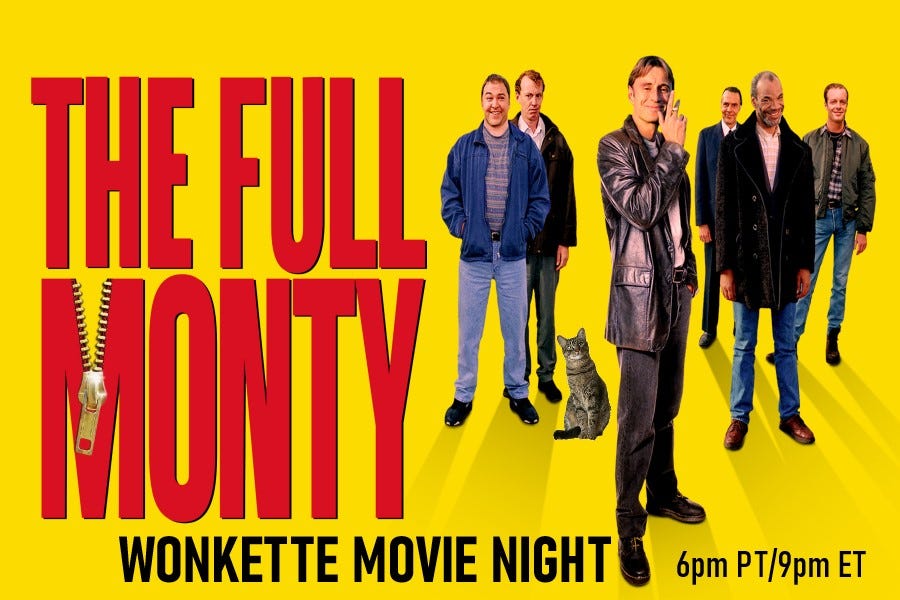





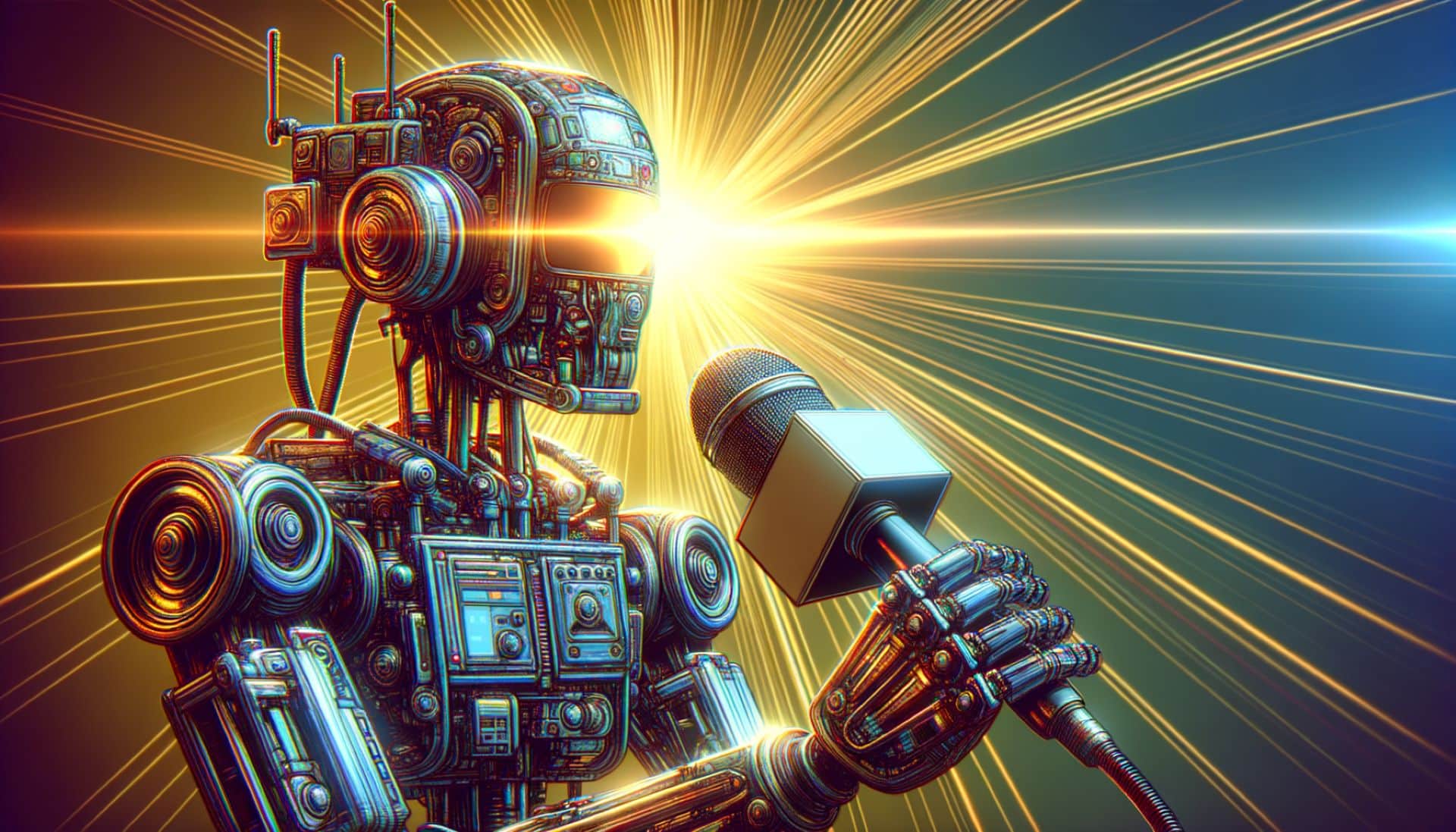









































![LinkedIn Shares Data on In-Demand Skills for Marketers [Infographic] LinkedIn Shares Data on In-Demand Skills for Marketers [Infographic]](https://imgproxy.divecdn.com/zMbngFHDMAQdOuk7-FK5eSqQ-bYj9Kyqki-xmPgH4I8/g:ce/rs:fit:770:435/Z3M6Ly9kaXZlc2l0ZS1zdG9yYWdlL2RpdmVpbWFnZS9saW5rZWRpbl9mYWxsX2pvYnNfb3V0bG9vazIucG5n.webp)





